SUMMARY
This is AI generated summarization, which may have errors. For context, always refer to the full article.
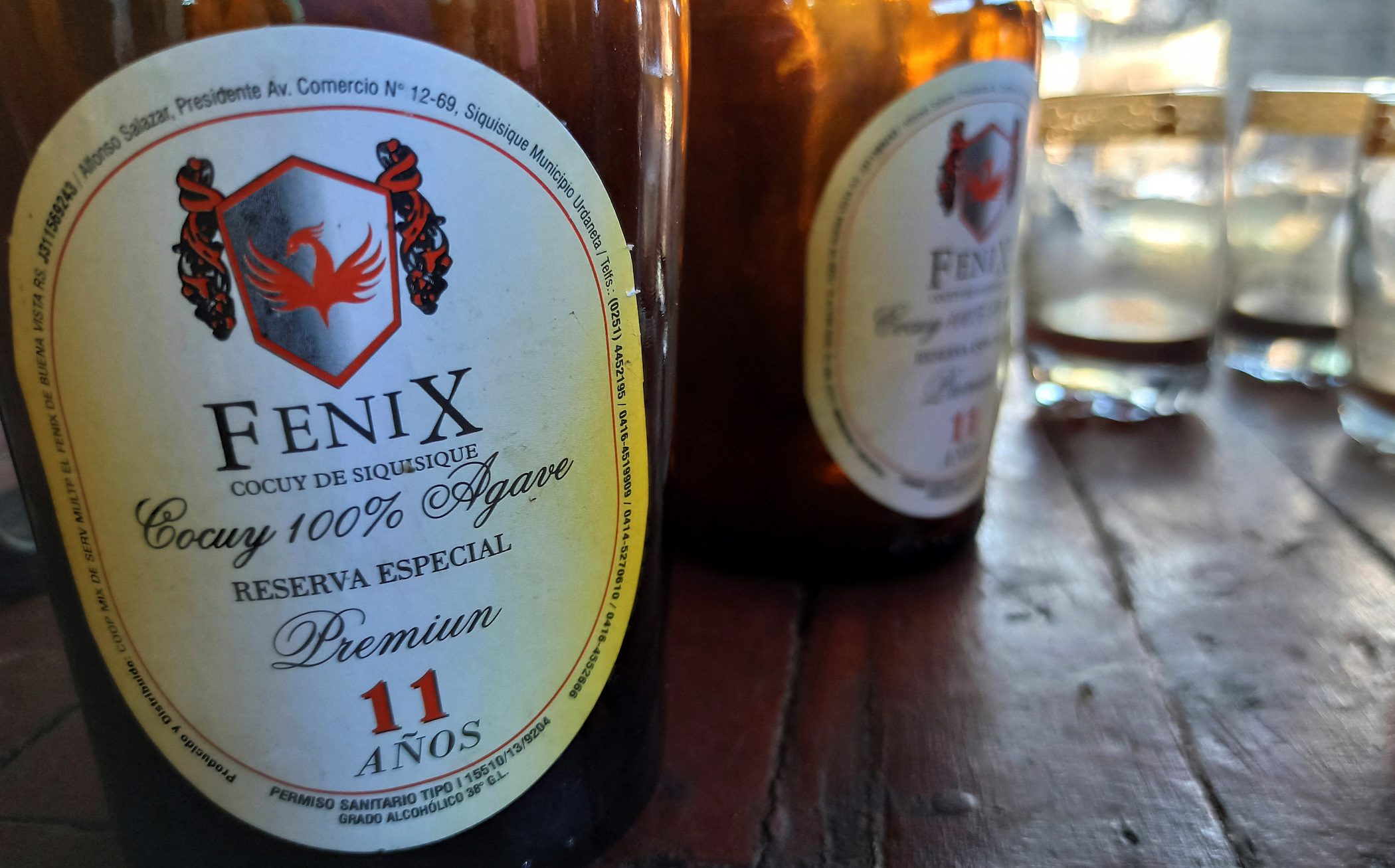
SIQUISIQUE, Venezuela – The international profile of cocuy, an artisanal Venezuelan liquor made from agave, is on the rise after the beverage captured top prizes at recent international competitions – sometimes beating out tequila, the better-known agave spirit.
The drink’s new status could be a boon for its producers in a country that could use an economic success story. Venezuela has been hit by high inflation, the government has embraced partial dollarization, and many businesses are keen to increase exports despite obstacles.
Venezuela’s cocuy producers, however, say limited wild crops and the labor-intensive process of making the drink without additives – the prize-winning version of the liquor – are complicating efforts to increase output.
The flavor of cocuy, which is made mostly in the western states of Lara and Falcon, is distinct from tequila and mezcal, as the drink is made from a different type of agave.
Prices for Mexican-produced tequila have climbed on an agave shortage amid increasing European demand.
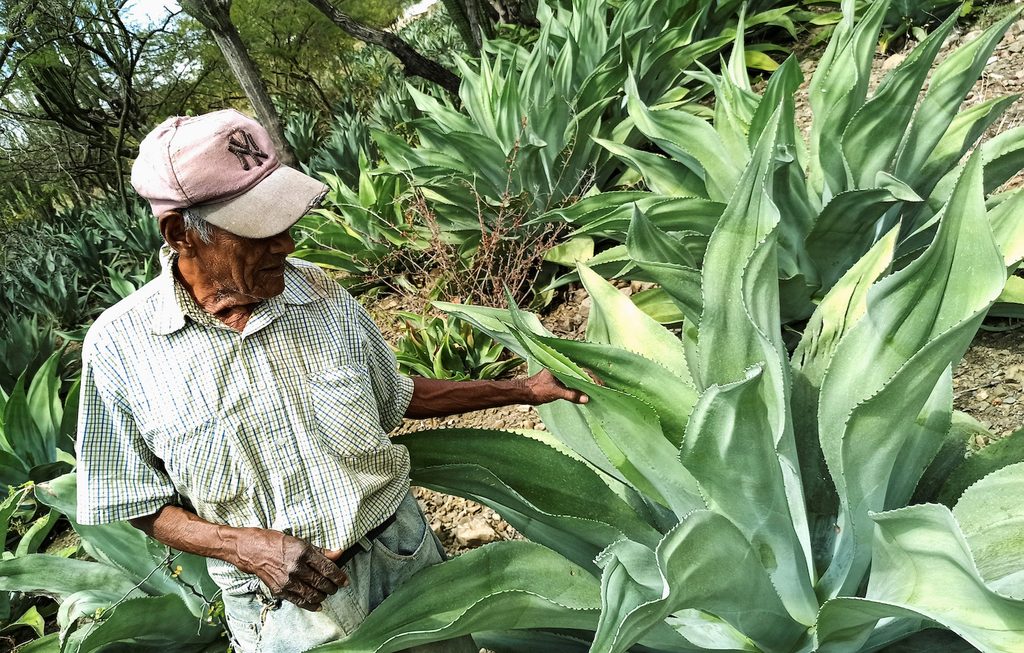
Cocuy brand 7Primos won a bronze medal at the 2022 London Spirits Competition, while producer Magno earned two silver medals at the 2021 New York International Spirits Competition.
A reposado cocuy from brand La Capilla, made in Siquisique in Lara, won double gold medals at both the SIP Awards in the United States and the China Wine & Spirits Competition in 2022.
Reposado, or “rested” in Spanish, means the drink has been aged longer before bottling.
Lara’s cocuy promotion association is looking at “what niche of the international market we can reach, because the quantity and production volume of cocuy is low,” said spokesman Cristobal Sanchez.
“Between various producers we can fill a container of 20,000 liters once a year. That’s why we can’t think about selling all over the world, because it’s an exotic, special product and very difficult to make,” said Sanchez.
Arduous production
Various cocuy brands consulted by Reuters estimated production of cocuy, which is made from the agave cocui trealease, is some 30,000 liters annually in Lara. One brand in Falcon produces about 6,000 liters.
Producers say there is no data on annual national production or sales because much of cocuy output is made for local consumption.
The numbers are far from the output and sales of Venezuela’s other famous liquor – rum – whose production reaches 8 million liters annually, according to its promotion association.
Three of the top producers of Venezuelan rum sold more than $20 million of the beverage during 10 months of 2022 to the US and European markets, according to Import Genius.
A liter of 100% agave cocuy can sell for between $18 and $60, while its production costs average about $12 without commercialization costs. Cane liquors like rum generally sell for less – between $3 and $5 a liter.
“To be able to export we need money to expand production and human capital, in order for us to have sufficient stock to offer to the international market,” said Maria Eugenia Duran, general manager of the Magno brand.
“There is also a need for financing of crop development research,” she said, because it generally takes 8 to 10 years for a cocuy plant to mature.
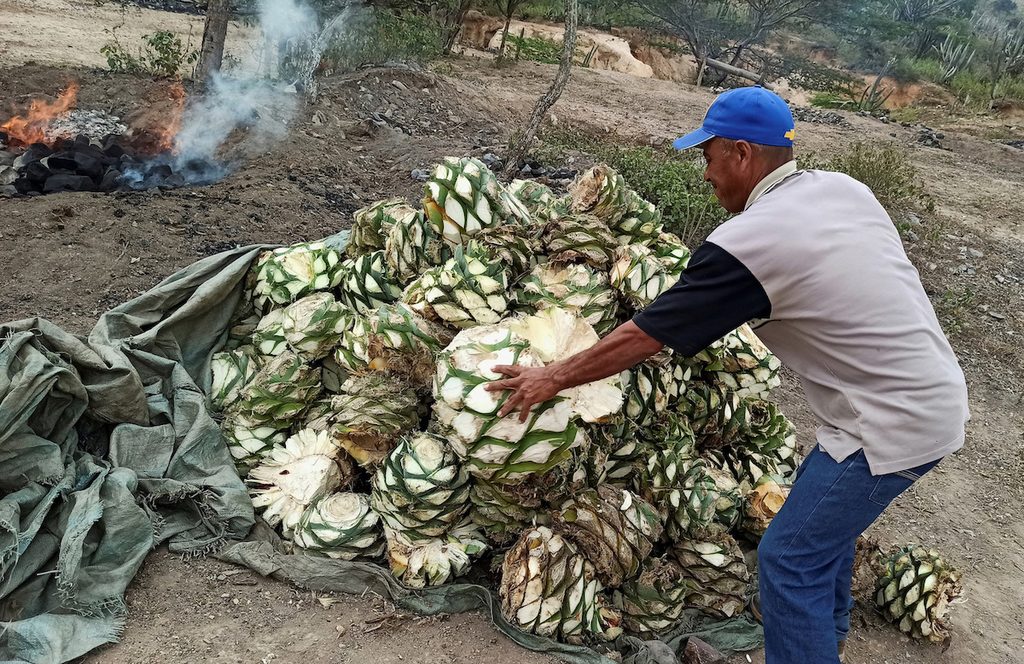
Guillermo Camacaro, a producer in Lara, says he has managed to harvest within five years by planting his crop in a nursery and then transplanting.
Guaranteeing new plantings of cocuy, which would ensure preservation of wild agave, is key for mass production, he said.
“The majority of us don’t have enough land to do mass plantings of cocuy,” he said. “That’s vital to talk about exports.”
Of the 365 cocuy producers in Lara, whose arid and semi-arid climate makes agave abundant, just 70 make the liquor with 100% agave.
The difficult production process begins by cutting back the plant’s leaves to reach its “head,” said Siquisique producer Nelson de la Rosa.
De la Rosa transports the heads with donkeys, walking nearly 15 kilometers to accumulate 100 heads.
The heads are then baked for up to seven days in ovens or in fire pits dug into the ground, until caramelized. Their juice is fermented for another six days.
“We’re in the presence of an exclusive product,” said producer Hector Pineda. “It deserves recognition of the cost of making a liter of cocuy.” – Rappler.com
Add a comment
How does this make you feel?



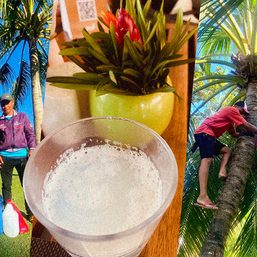
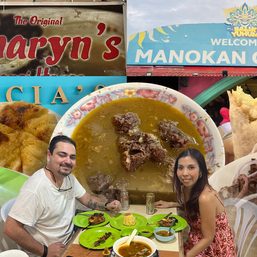
There are no comments yet. Add your comment to start the conversation.